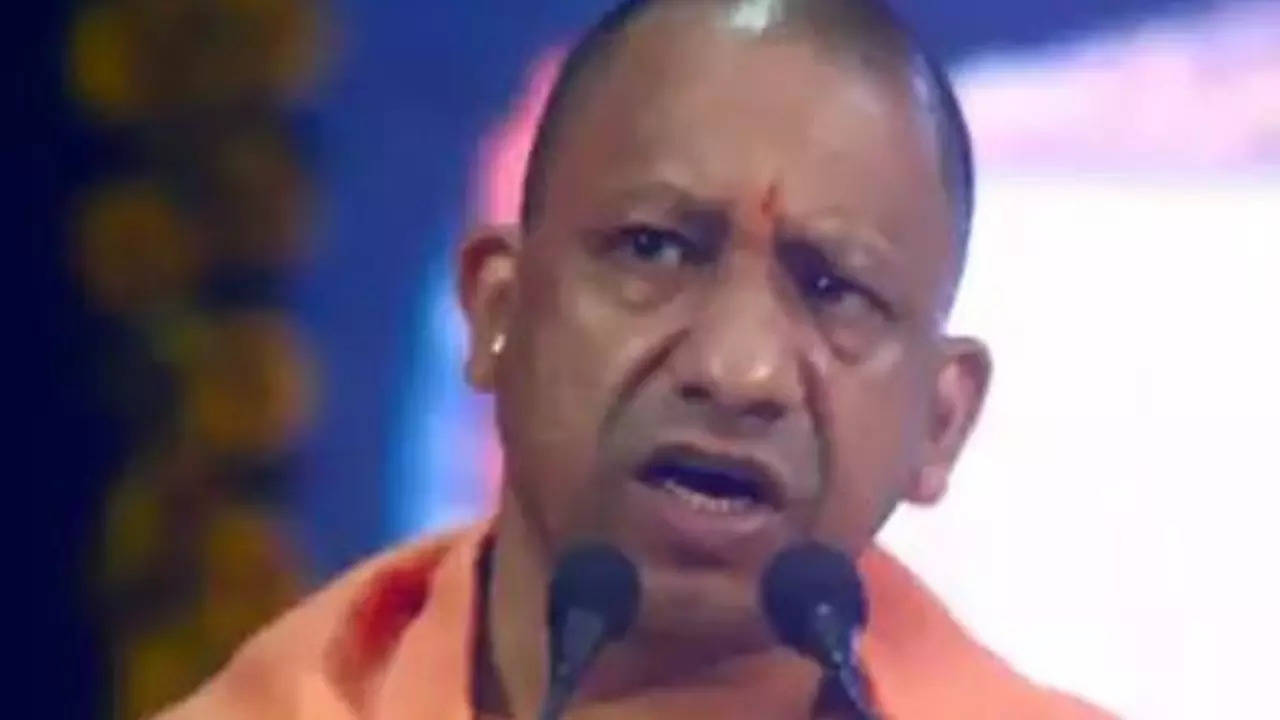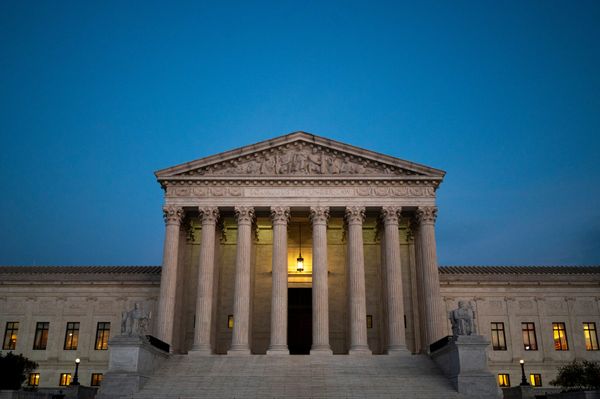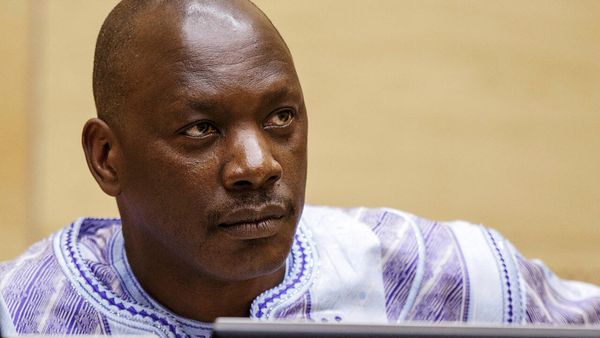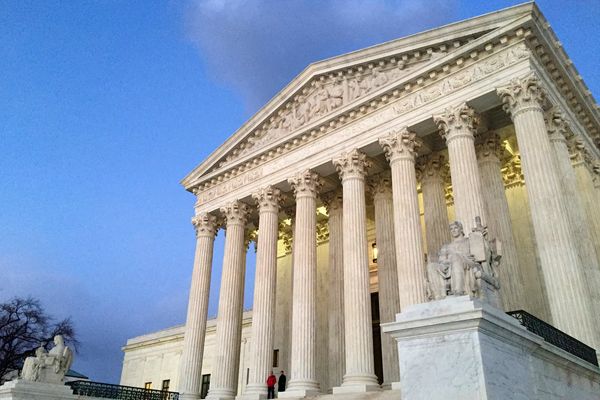
NEW DELHI: As the newly-elected MLAs of Uttar Pradesh assembly started taking oath for two days starting Monday, the second term of the Yogi Adityanath government is likely to be tougher than the first.
Adityanath was sworn in as UP chief minister for a historic second term on March 25. Along with him, 52 ministers also took oath. They included Keshav Prasad Maurya and Brajesh Pathak, who were sworn in as deputy chief ministers.
The Adityanath government embarked on its second term with the first cabinet meeting on March 26 deciding to extend the free ration scheme to the poor for three more months till June 30.
The first test of the BJP government in the state is just two years away when the country faces Lok Sabha elections in 2024. The Adityanath government has its role cut out - to ensure victory for BJP on the maximum number of Lok Sabha seats out of the 80.
However, the conditions appear to be tougher for the BJP government than they were in Adityanath’s first term.
Opposition role
Adityanath got the advantage of a less active opposition in the first term. Opposition leaders such as Samajwadi Party (SP) president Akhilesh Yadav, Bahujan Samaj Party (BSP) supremo Mayawati and Congress general secretary in-charge of UP Priyanka Gandhi Vadra were almost absent from the political canvas of UP for most of Adityanath’s first tenure.
They were generally seen on social media. Otherwise, except on certain occasions, their presence on the ground was hardly felt. They got active only after the second wave of Covid-19 ebbed by September 2021 and when the assembly elections started approaching.
However, opposition leaders, particularly Yadav, have got active from the beginning of the new term and have hit the ground running.
The day the Adityanath government was sworn in, Yadav gave a left-handed compliment to it. In a tweet in Hindi, he said, “Congratulations to the new government for taking oath in the stadium built by the SP government. Oath should be taken not just for forming a government but also for true service of the people.”
On Monday, he tweeted about a couple of crimes in the state. “A loot of Rs 25 lakh from a petrol pump in Ghaziabad and the murder of a ration dealer of Bijnor are greeting the new BJP government. The government is looting people through petrol under BJP rule and the criminals are brazenly looting the petrol pump owners. People are asking what kind of correlation is this?” he said.
Ayodhya and Kashi
BJP had the advantage of the Ayodhya verdict which came on November 9, 2019. The Supreme Court decided the matter in favour of the majority Hindus. The party claimed credit for the verdict.
Prime Minister Narendra Modi inaugurated the Kashi Vishwanath Dham Corridor in December last year in a much-hyped ceremony. Both Ayodhya and Kashi found a prominent place in BJP’s campaigning.
However, these issues will become old by the 2024 Lok Sabha and the 2027 UP assembly elections.
Law and order
A major part of BJP’s campaign focused around taking credit for the improved law and order situation in the state after Adityanath took over as CM in March 2017.
The party has already reaped rich dividends out of the issue. It will become a stale topic by the next elections.
Developmental activities
The “double engine” government of PM Modi and CM Adityanath undertook a number of development activities which included constructing toilets, total electrification, giving LPG connections for free, health insurance upto Rs 5 lakh to the poor, free ration and the like.
Simultaneously, it carried out development by building roads, educational institutions and hospitals and reopening sugarcane factories.
The twin governments will have to reinvent itself to think of more development activities to impress the people to vote for BJP in the next elections.
MLA Akhilesh Yadav
Between 2017 and the recently-concluded assembly elections, Yadav was either an MLC (member of legislative council) or a Lok Sabha MP from Azamgarh. He never went to the assembly.
However, he contested the UP assembly election from Karhal in Mainpuri district and won. Subsequently, he resigned his Lok Sabha seat. He also got elected as leader of the SP legislature party, paving the way for him to become the leader of opposition in the UP assembly.
This move will help SP in many ways and will pose a challenge to the BJP.
As leader of opposition, Yadav will get cabinet minister’s rank and facilities which he did not enjoy being an MP. He will be in a better position to give a tough fight to BJP while keeping a close watch on his MLAs.
Moreover, he will remain present in the assembly to attack the treasury benches and also counter them.
BJP vs opposition strength
The opposition is numerically stronger now in the assembly than it was in the last five years. In the 2017 UP assembly elections, while BJP won 312 of the 403 seats, SP won 47, BSP 19 and Congress seven. Together, the three prominent opposition parties had 73 seats.
In contrast, in the recently-concluded elections, BJP’s strength came down to 255 while SP’s strength grew to 111. BSP won one seat and Congress was victorious on two.
BJP will have to contend with a stronger opposition for the next five years.







